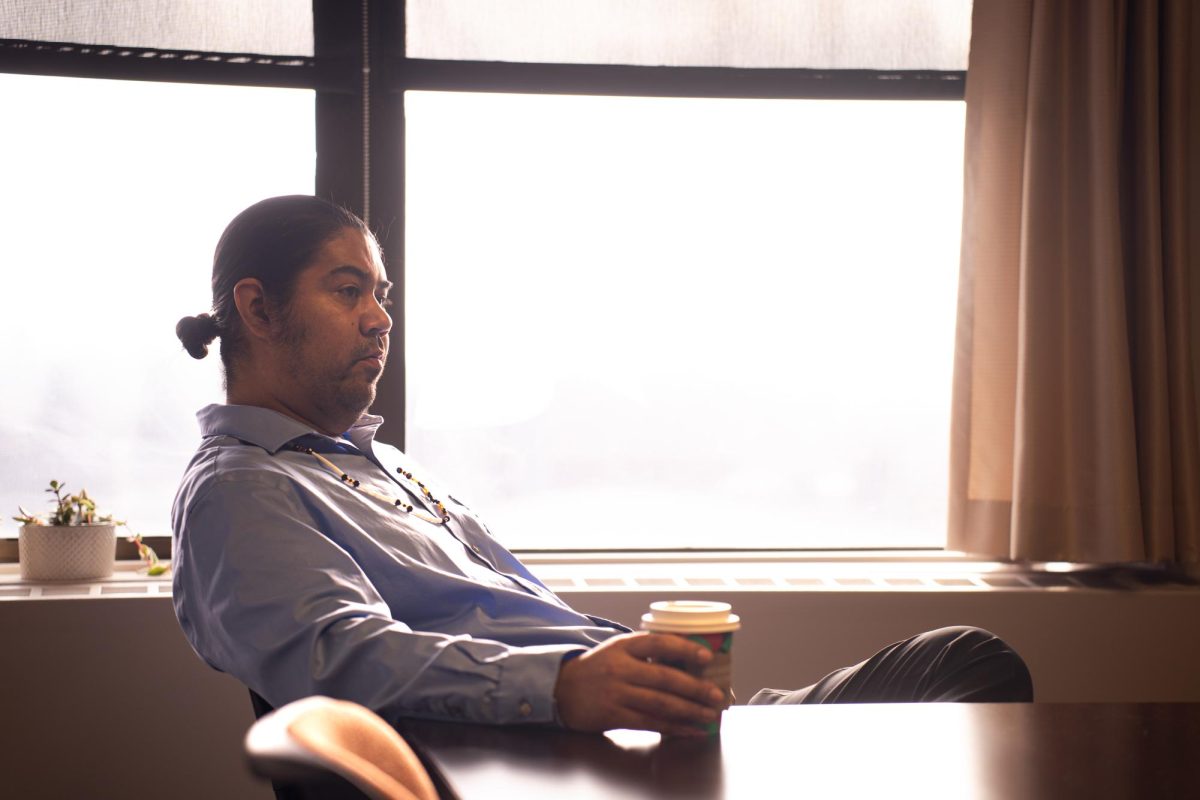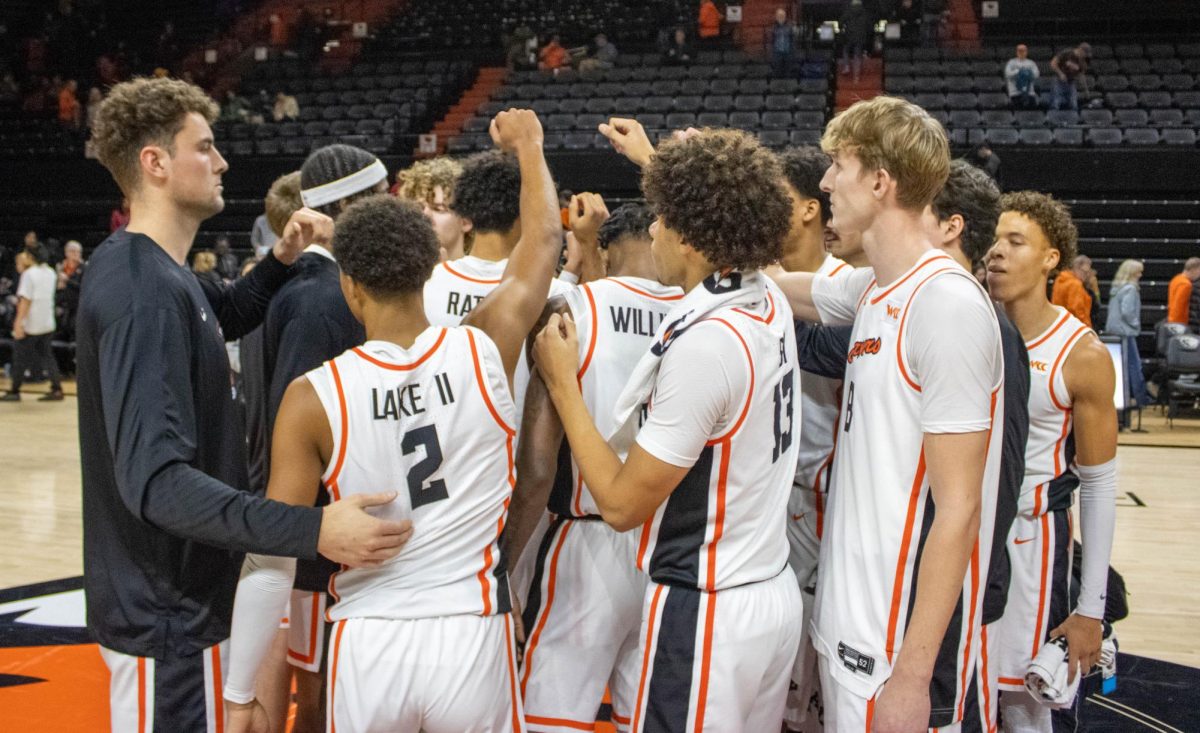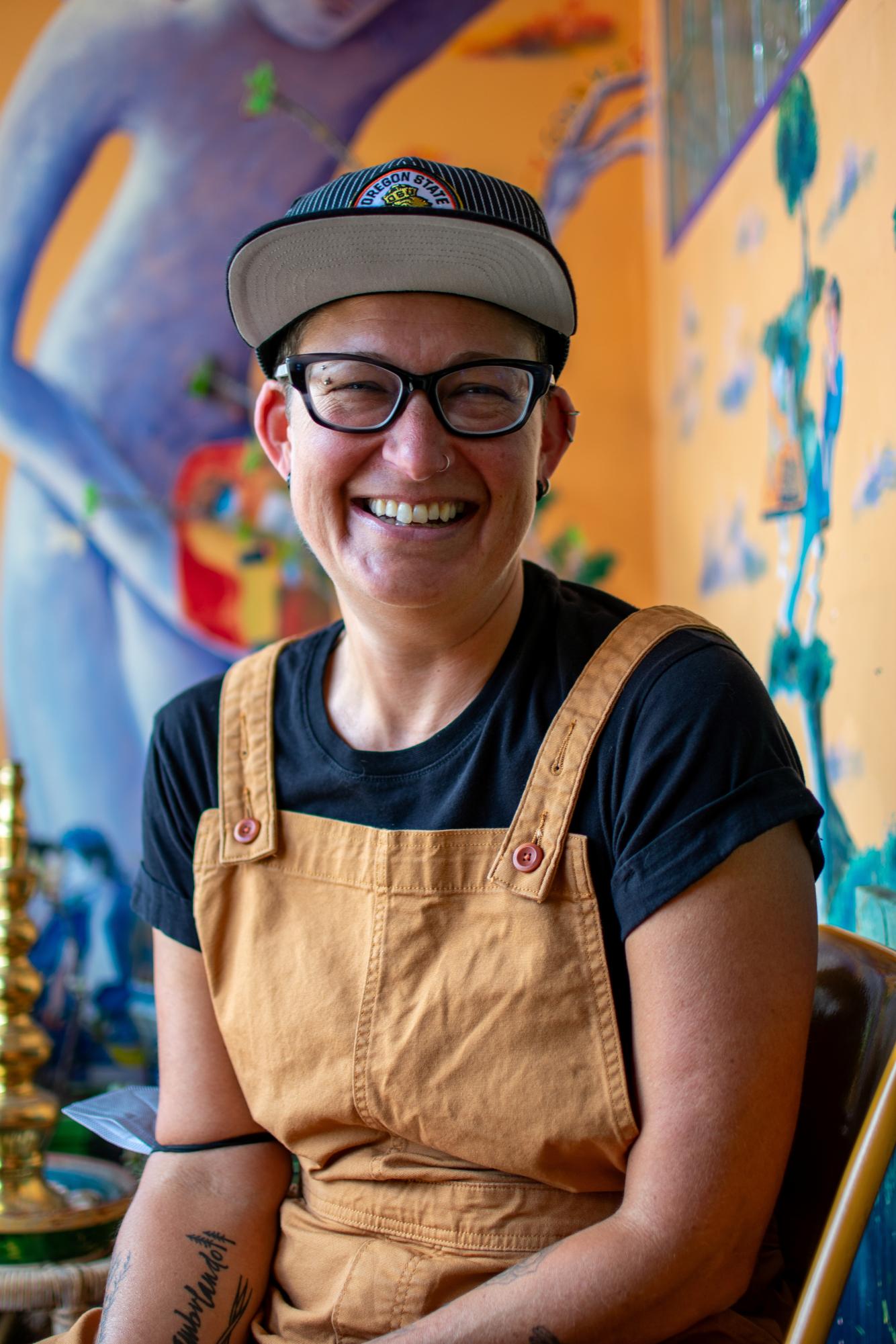Editor’s Note: This column does not represent the opinion of The Daily Barometer. This column reflects the personal opinions of the writer.
When I was an incoming first-year student at OSU in the mid-90s, my sweet 17-year-old self enrolled in Human Sexuality. Now, nearly 30 years later, all I can remember about the class was that the classroom was unusually warm (or maybe it was the subject matter?) and that one day our professor wore a trenchcoat to class when he discussed paraphilias.
What’s a paraphilia, you ask? It’s typically used in a clinical setting to describe sexual expressions that are considered different or unusual.
Sometimes, these paraphilias are problematic (think Peeping Tom) and other times are just outside of the norm and not really a problem at all (think fuzzy handcuffs in the bedroom between two consenting adults).
Why the professor wore a trench coat was probably to explain fetishes or flashers? I must not have been paying close attention on that day!
Fast-forward, after earning a B.S. and M.S. in Human Development and Family Sciences at OSU, teaching in academia and working with young children for over 20 years, I’ve returned to OSU, and I’m here to answer all of your sex-related questions like the one above.
Before my return to main campus, I owned and operated a model, developmentally appropriate preschool program in Bend, Oregon for 11 years. People often think that early childhood education and human sexuality are far removed from each other, but they aren’t!
It wasn’t uncommon for young children to ask questions about gender, body parts and whether our school cat was a boy or a girl. For the record, I often shared that I knew Harley the cat had a penis, which made me believe he was a boy.
But since I didn’t speak cat, I would never truly know how he felt in his heart and in his mind about his gender identity. This satisfied the children’s curiosity until we navigated other riveting questions like, “Is this a snowsuit for a boy or a girl? (Hint: they thought it was about the color) and “Are there chicks inside these chicken’s eggs?” (Hint: we didn’t have a rooster, so they weren’t fertilized. Or ‘mertilized’ as the young learners called it).
All of these experiences led me to where I am now, serving as your very own OSU Sexpert! I’ve been teaching HDFS 240, Human Sexuality, for over two years on the OSU Corvallis campus, and before that, I taught the course on the OSU Cascades campus.
If you are new to campus, or a returning student, it’s a good time to think about how to stay safe back on campus.
Since this column is all about sex, I’m here to share some helpful resources related to staying safer on campus as it relates to human sexuality:
- ASOSU SafeRide:
- ASOSU SafeRide provides OSU students with alternative rides to stay safe around campus as well as in Corvallis and surrounding areas. The program is an inclusive, student-fee funded service that any student has access to through…
- https://asosu.oregonstate.edu/saferide
- The Center for Advocacy, Prevention, & Education
- The Center for Advocacy, Prevention & Education s collaborates with theOSU community to “cultivate a survivor-centered, trauma informed, culture of consent.” CAPE’s goal is to provide a lasting impact for social change lasting social change and eliminate gender based violence through shared goals of comprehensive sexuality education, action-oriented prevention, and compassionate survivor support.
- https://cape.oregonstate.edu/
- DAM Delivery:
- Dam Delivery delivers free kits filled with safer sex supplies to students anywhere in the United States. https://docs.google.com/forms/d/e/1FAIpQLScIbgsvSK-VsZXYq3EPkAWKhVI1aFSzut_UmxhwcmXyiB_q7A/viewform
- Locations of Safer Sex Spots
- OSU Health Center
- All Campus Cultural Resource Centers
- SafeRide Vans
- Tebeau Hall Rapid Clinic
- Oregon Contraceptive Care
- OCC is a federal program that equips OSU students with free management services for contraceptive care, birth control and reproductive-specific healthcare, regardless of their gender. If a student qualifies, they are not billed.
- https://studenthealth.oregonstate.edu/clinical-services/oregon-contraceptive-care
- Center for Advocacy of Rape and Domestic Violence
- CARDV is an organization that serves the community with services to support those affected by sexual and domestic violence.They offer education and leadership within the community to change the societal conditions that cultivate these forms of violence.
- https://cardv.org/
- Sarah’s Place
- Sarah’s Place is a regional sexual assault nurse examiners center created to provide a safe place for victims of sexual assault to receive resources and care.
- https://www.samhealth.org/find-a-location/s/sarahs-place
One thing I’ve learned is that students have questions– Lots of them!
Given that, in March 2023, the College of Health started releasing weekly TikTok videos and YouTube shorts where I answered students’ questions related to all things sex.
Until now, those questions came from students enrolled in our Human Sexuality classes. Now we’re starting a monthly Barometer column, where all OSU students will have the opportunity to submit anonymous questions.
Not all questions will be addressed, but we’ll look for themes and do our best to answer your questions! In addition, I’ll share reflections related to human sexuality, seek input from a variety of sources and we’ll go on this journey together.
And in case you wondered, I earned a B in that human sexuality class.
Let’s do better together. Welcome back to school Beavs, and stay safe out there!













































































































